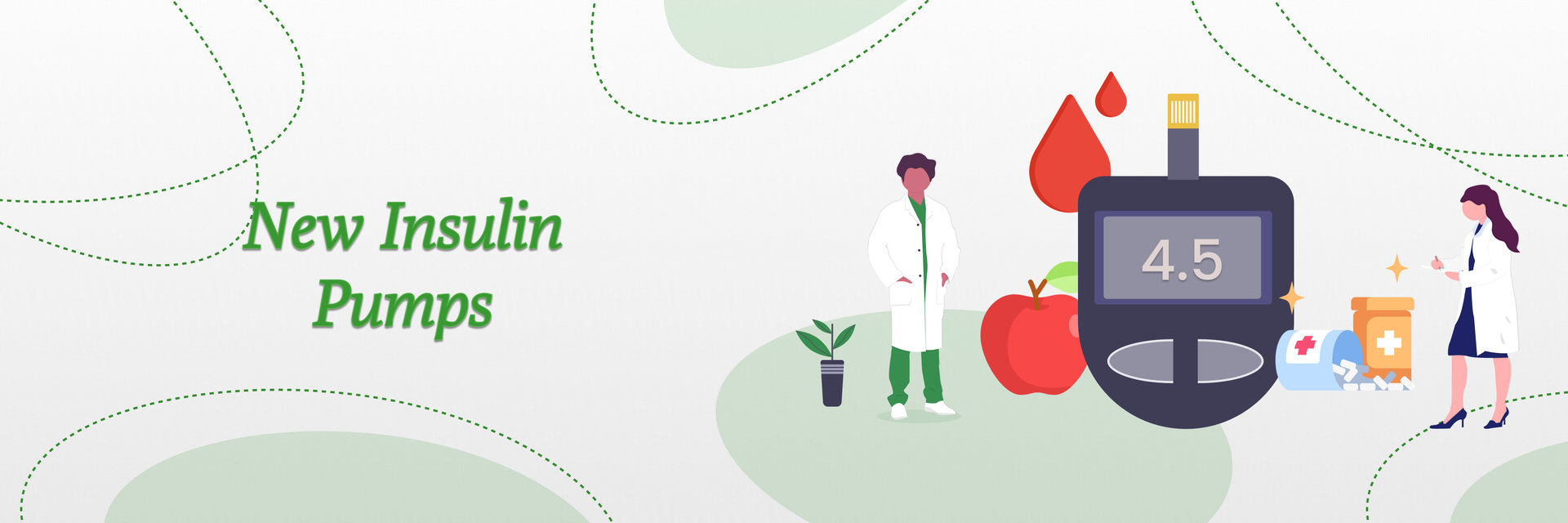Overview
Urgent care clinics play a crucial role in our healthcare system. They offer timely, walk-in medical care for non-life-threatening issues, often acting as a bridge between primary care and the emergency room.
That’s why discussions around creating a National Surplus Medical Supply Registry are gaining momentum such a system could help clinics quickly access essential tools, especially for diagnostics and infection control, which directly impact antibiotic prescription accuracy.
However, due to the fast-paced nature of these clinics, antibiotic prescription mistakes can happen more frequently than in other settings. This isn’t just a clerical issue – it can have serious consequences, contributing to antibiotic resistance, patient harm, and avoidable costs.
Reducing antibiotic errors in urgent care settings requires a multi-faceted approach. By improving diagnostic accuracy, reinforcing clinical protocols, and investing in provider education, urgent care facilities can significantly minimize the risk of inappropriate prescriptions and improve patient safety overall.
The Scope of the Problem
Antibiotics are frequently overprescribed in urgent care clinics, particularly for conditions such as viral infections, for which they offer no benefit. Some prescriptions written in urgent care settings are considered unnecessary. This trend leads to the overuse of antibiotics, contributing to antibiotic resistance, a growing public health threat.
There’s also the human factor to consider. Clinicians often face time pressure and high patient volumes, which can lead to reliance on guesswork or patient demands rather than clinical evidence. Understanding how urgent care handles antibiotics is the first step toward addressing these prescribing challenges.
Strategies to Prevent Antibiotic Prescription Mistakes
To reduce prescription errors urgent care clinics can implement the following proven strategies:
Use Evidence-Based Clinical Guidelines
Having clear, accessible clinical pathways is essential. Guidelines based on current best practices help ensure consistency and accuracy in prescribing decisions, such as:
Clinical guidelines reduce ambiguity, helping providers make informed, quick decisions, even in high-pressure environments.
Invest in Rapid Diagnostic Testing
One major cause of unnecessary antibiotic use is uncertainty about whether an illness is viral or bacterial. Point-of-care diagnostics can resolve this issue in minutes, including:
- Use rapid strep tests for sore throats
- Employ CRP or procalcitonin tests to assess bacterial infections
- Incorporate flu and COVID-19 rapid tests to avoid misdiagnosis during respiratory virus seasons
These tools not only increase diagnostic accuracy but also give providers evidence to support decisions when patients expect antibiotics unnecessarily.
Train Providers Continuously
Even seasoned clinicians can benefit from ongoing training, especially as resistance patterns and treatment guidelines evolve. Consider the following:
- Offer regular CME (continuing medical education) courses on antimicrobial stewardship
- Conduct periodic audits of antibiotic use and review case studies in team meetings
- Provide feedback to clinicians on prescribing habits compared to peers or benchmarks
Continuous education reinforces appropriate prescribing habits and keeps everyone aligned with current standards.
Improve Communication with Patients
Patients sometimes expect antibiotics because they misunderstand their condition or assume antibiotics are always necessary for infections. Think about:
- Teach providers to explain diagnoses clearly and why antibiotics may not be needed
- Use printed handouts or digital resources to reinforce information
- Empower staff to educate patients in the waiting room or during discharge
Good communication reduces patient dissatisfaction and supports responsible prescribing without compromising the patient experience.
Monitor and Evaluate Prescribing Patterns
To ensure lasting improvement, urgent care centers need to track antibiotic use over time:
- Set up dashboards to monitor prescriptions by provider and diagnosis
- Flag outliers or unusually high prescribing rates for review
- Use data to recognize trends, identify training needs, and set goals
Monitoring builds accountability and provides a roadmap for ongoing quality improvement.
Building a Culture of Antibiotic Stewardship
Ultimately, reducing antibiotic mistakes is not just about individual clinician behavior. It's about building a culture of accountability and stewardship throughout the clinic.
Leaders in urgent care should:
- Encourage a team-based approach to clinical decision-making
- Reward evidence-based practices, not just patient volume
- Promote transparency and collaboration across roles
When everyone, from medical assistants to physicians to clinic managers, understands the importance of antibiotic stewardship, better prescribing practices follow naturally.
Conclusion
Antibiotic misuse in urgent care settings is a significant but solvable challenge. Through a combination of diagnostic tools, adherence to evidence-based protocols, provider education, and patient communication, clinics can reduce mistakes and improve outcomes. It starts with acknowledging the problem, staying informed, and making stewardship a core part of clinical practice.
By prioritizing these strategies, urgent care providers can play a critical role in combating antibiotic resistance, safeguarding public health, and ensuring patients get the right care every time.







